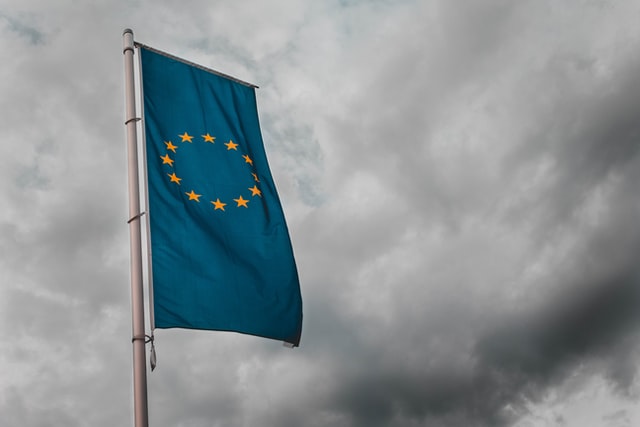Road to EU Climate Neutrality by 2050
February 16th 2021
A collaborative report instigated by two members of the EU Parliament, one from the Netherlands and the other from the Czech Republic, provides a critical reality check on the rush to replace fossil fuels with wind and solar. The subtitle to the report is: Spatial Requirements of Wind/Solar and Nuclear Energy and Their Respective Costs. It can be downloaded both as a 45-page summary and the 459-page full report. The authors examined three key issues:
The report's main conclusions:
Read more
https://judithcurry.com/2021/02/08/road-to-climate-neutrality/
See report summary
https://roadtoclimateneutrality.eu/Energy_English_Summary.pdf
See full report
https://roadtoclimateneutrality.eu/Energy_Study_Full.pdf
Friends of Science
https://friendsofscience.org/
- The effect of EU climate neutrality on the average global atmospheric temperature by 2050 and 2100.
- The spatial (land and sea) requirements for wind and solar energy versus nuclear energy in two EU member states - the Netherlands (a country along the North Sea with abundant wind) and the Czech Republic (a landlocked country with a geographically more challenging landscape).
- The costs of wind/solar energy and of nuclear energy for these two countries.
The report's main conclusions:
- EU climate neutrality, if achieved, will likely cause a very small decrease in the average global temperature rise, estimated to by 0.05°C - 0.15°C by 2100, and no more than 0.02°C - 0.06°C by 2050, assuming no carbon leakage occurs. Even so and assuming the estimates are accurate, the average global temperature would still increase by 3°C (summary, p.10).
- Compared to wind and solar, nuclear power produces approximately 150 - 500 as much electricity per km2. These numbers exclude the additional land required by wind and solar, such as the infrastructure needed for the integration of renewable energy into the electricity system together with energy storage and conversion facilities. If the Netherlands and the Czech Republic had to rely solely or predominantly on wind and solar, there is not enough land in either country to generate the power needed (summary, p.25).
- Considering just the costs of generating electricity (no integration or system-related costs, which are lower with nuclear) and using either market-based interest rates or zero interest rate, nuclear is cheaper than all types of renewable energy (offshore wind, onshore wind, solar) in both countries (summary, pp.28-32).
Read more
https://judithcurry.com/2021/02/08/road-to-climate-neutrality/
See report summary
https://roadtoclimateneutrality.eu/Energy_English_Summary.pdf
See full report
https://roadtoclimateneutrality.eu/Energy_Study_Full.pdf
Friends of Science
https://friendsofscience.org/

Click to close
